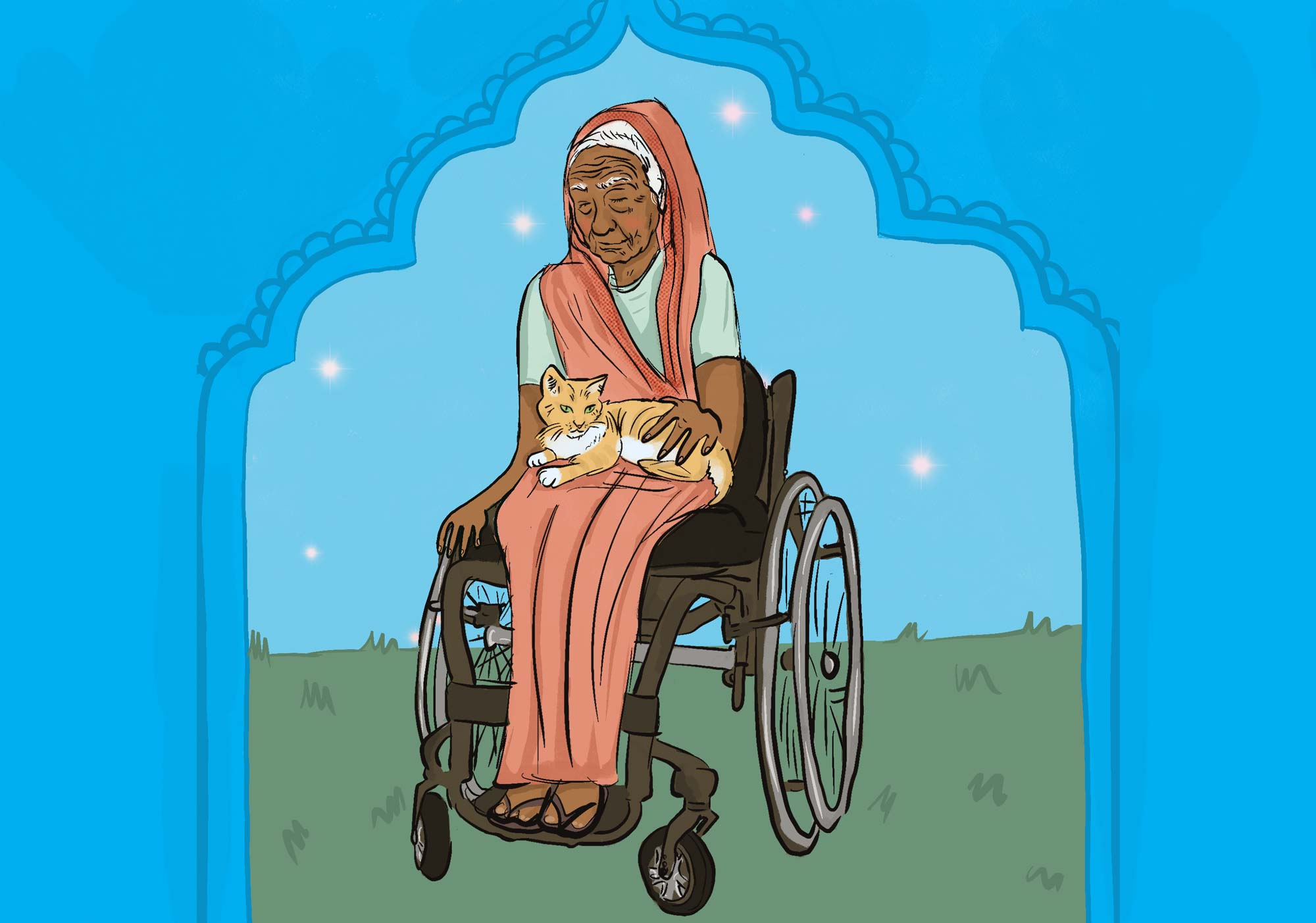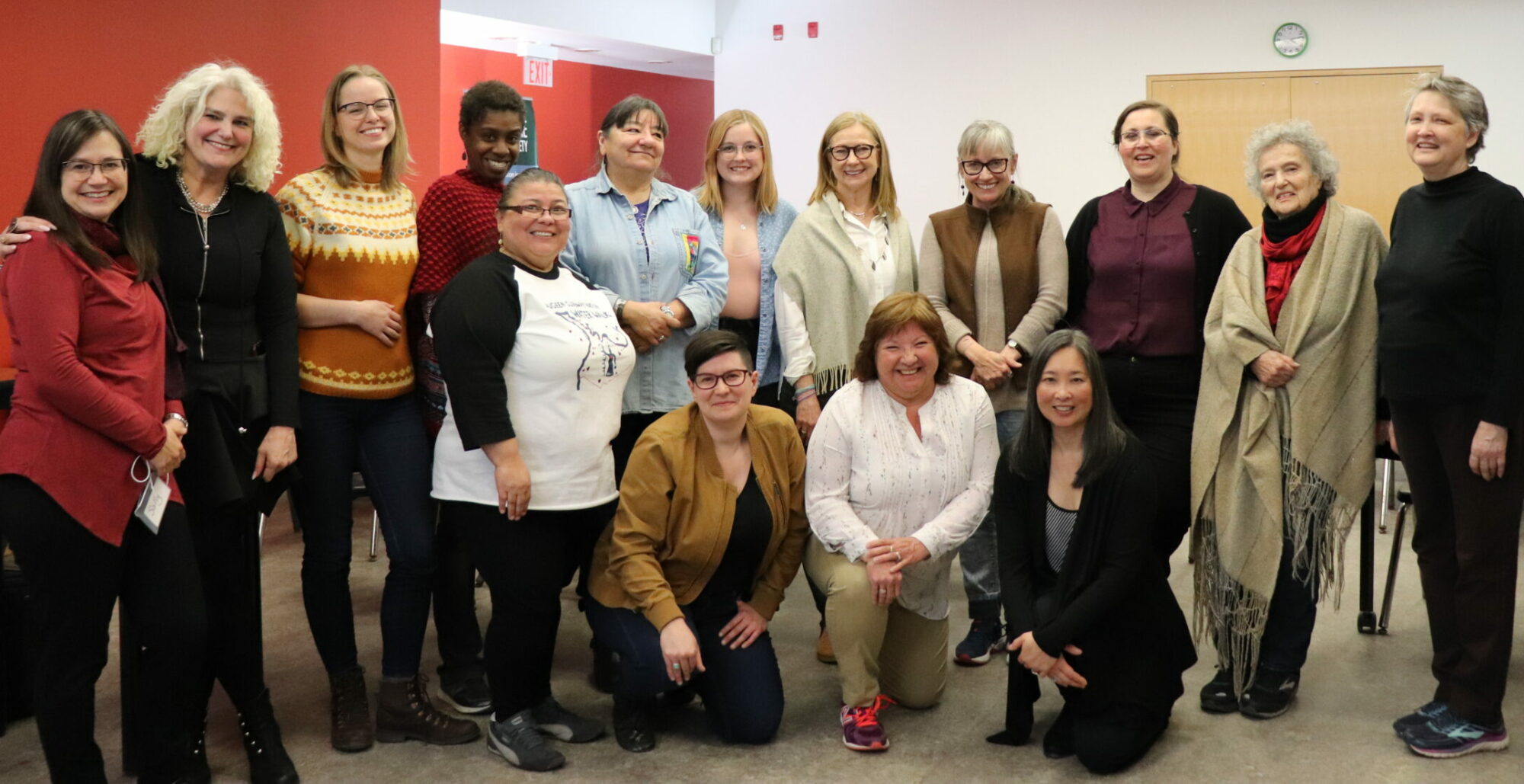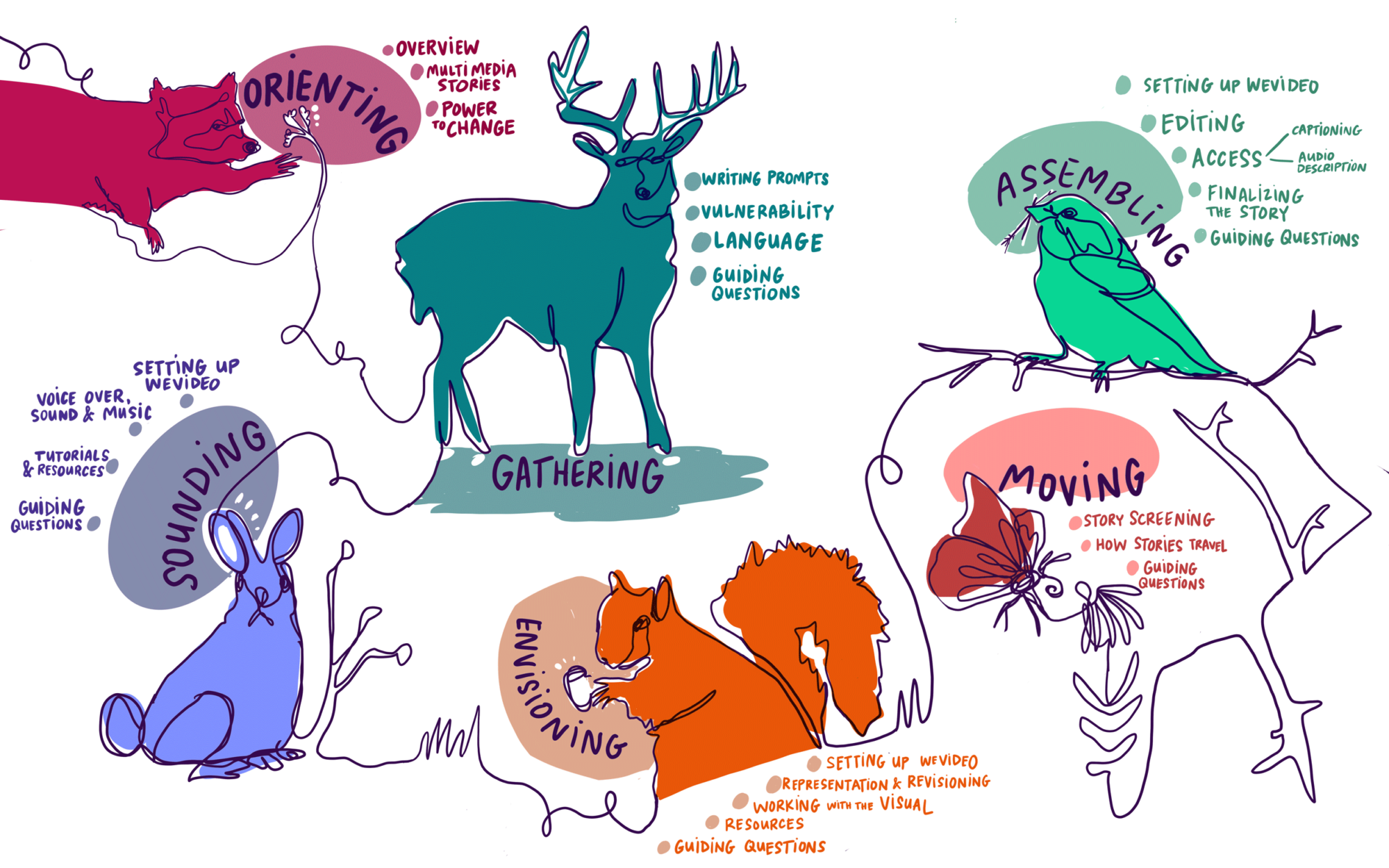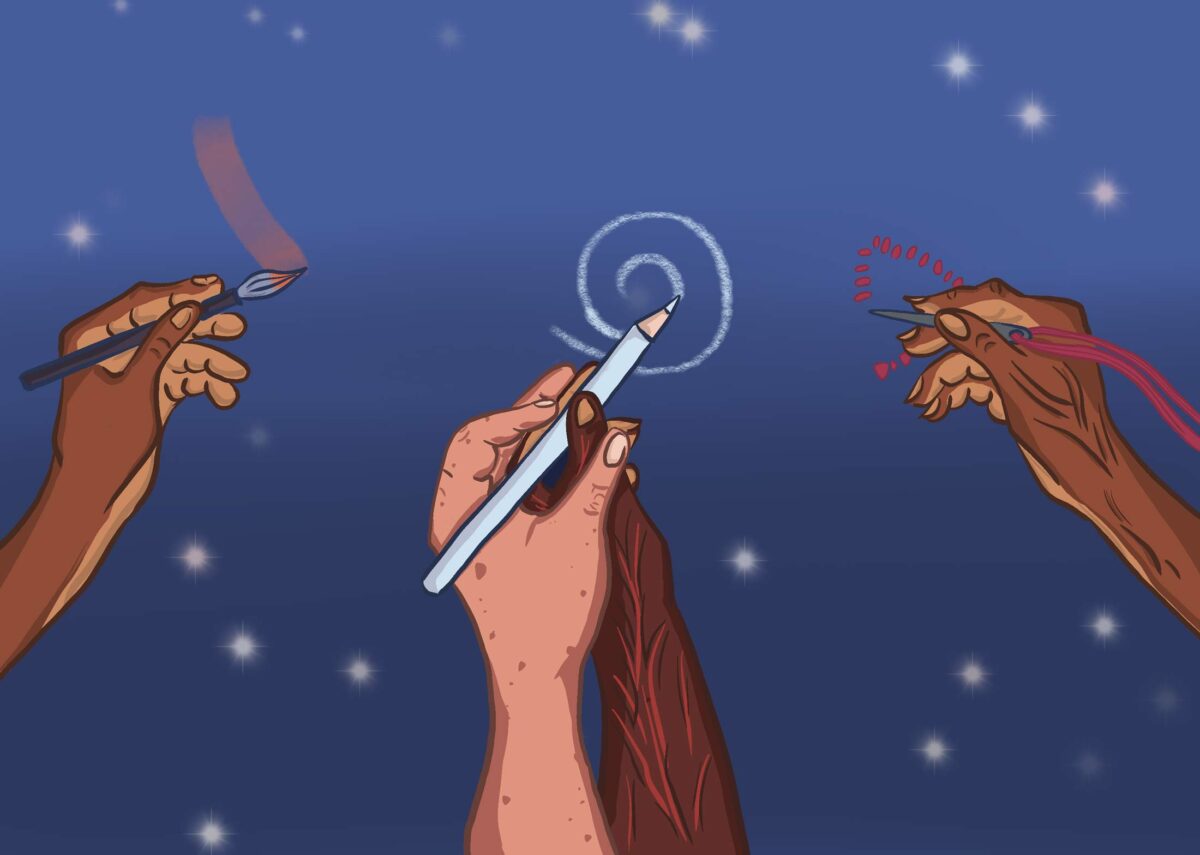Erasures and Exclusions of Non-normative Difference
In popular media and medical literature, aging is often associated with a loss or decline in physical and cognitive ability, and financial resources. The aging body is frequently represented or imagined through ageist and ableist lenses, invoking pitiable and anxiety-inducing responses of human life as on a downhill trajectory.
Global population aging is celebrated as a sign of advancement in health care, success, and economic prosperity. It is treated as proof of Western scientific triumph over both nature and the limits of the body.
(Aubrecht & Krawchenko, 2016, p. 1)

Aging is often framed as “success-failure” binaries…
| Ability | Disability |
| Able-minded | Dementia |
| Active | Sedentary |
| Anti-aging | Aging |
| Financially secure | Financially insecure |
| Independence | Dependence |
| Physical | Non-physical |
The anti-aging industry offers “fixes” to fight against aging, encouraging older individuals to strive to adopt “successful aging” stereotypes.
“Successful aging” is a dominant methodology in aging studies, teaching that it is primarily the individual’s responsibility to avoid ill health, disability, and dependency as one grows older. This teaching assumes a resourced, able-bodied and able-minded individual who has access to a high quality of life in the areas of employment, housing, arts, culture, recreation, family relations, friendships, and more. In upholding these assumptions, disabilty, 2SLGBTQIA+, Indigenous, Black and Persons of Colour tend to be erased because of our non-normativity in relation to these dimensions of life.
This raises an urgent question: How do we, as non-normatively embodied and enminded beings, make ourselves visible and intelligible, recognized in language and understanding?
Why “Revision” Aging?
The concept of revisioning aging disrupts the “successful aging” narrative by bringing into the world experiences of aging that disrupt the “successful aging” binaries and introduce new and prideful meanings and meaning-making of aging that are Indigenous, crip, and queer. In revisioning aging, researchers, Indigenous e/Elders, and settler elders centre aging at the intersections of lived experience that include race, disability, and queerness.
New Cultural Representations of Aging
Below, two projects that bring new cultural representations of aging into the world are highlighted:

Bodies in Translation Collaboration – Aging Vitalities
Within the Bodies in Translation project, we are working to revision aging in partnership with Indigenous e/Elders and settler elders through the project Aging Vitalities. With a decolonizing lens, aging is being re-understood or re-constituted against the dominant narrative of “successful aging,” which understands aging to be an individual responsibility oriented toward “avoidance of disease and disability, maintenance of cognitive and physical function, and sustained engagement with life” (Rowe & Kahn, 1998, p. 39).

Re•Vision Storymaking
Through the Re•Vision Centre’s method of digital storytelling, e/Elders center their experiences of aging by each directing their own short multimedia documentary video. In their documentaries, they show non-normative aging that is prideful and agential. They decenter settler heteronormative, ableist markers of aging of the heteropatriarchal nuclear family (e.g., father, mother, boy, girl children), making space for Indigenous relations (e.g., with land, water, sky, sun, moon, earth, aunties, grannies and all human and non-human relations), crip aging (e.g., welcoming in dementia), and queer aspects of aging (e.g., holding wholeness and brokenness together).
An illustration by Naheen Ahmed of hands creating a mixed media artwork of a dark blue starry sky. On the left of the image, a hand with brown skin adds an orange stroke to the painting. At the centre of the image, a hand with beige skin and a hand with dark brown skin work together to add a light blue spiral to the canvas using a pencil crayon. On the right, a hand with dark brown skin holds a sewing needle with pink thread, making a triangular shape on the starry sky.






